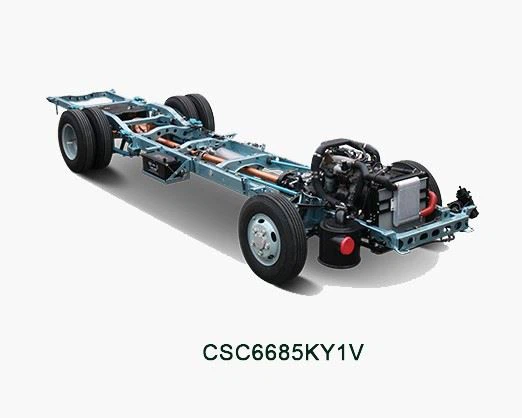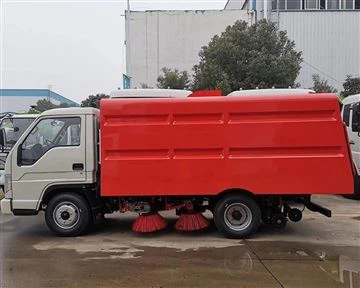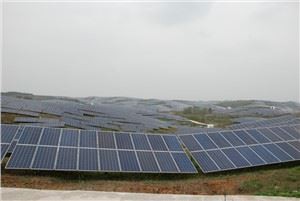Understanding Garbage Trucks: The Process of Dumping Trash

Introduction
Garbage trucks play a crucial role in our communities by maintaining sanitation and order. Every day, these vehicles collect waste from various locations, ensuring that our environments remain clean and livable. But how does the process of garbage truck dumping trash actually work? This article will guide you through every aspect of this essential process, covering everything from the types of garbage trucks to the systems in place for efficient waste management. Let’s dive into the world of garbage trucks and understand their significance in our everyday lives.
The Evolution of Garbage Trucks
Early Waste Management Methods
Before the advent of garbage trucks, waste disposal was a manual process. People would collect trash in barrels or bags and dispose of it in designated areas. This was time-consuming and often resulted in unsanitary conditions.
The Invention of the Garbage Truck

The first garbage trucks, which emerged in the late 19th century, revolutionized waste management. These vehicles allowed for quicker collection and disposal of trash, improving public health and environmental conditions.
Modern Innovations in Garbage Trucks
Today, garbage trucks are equipped with advanced technology, including hydraulic lift systems and GPS for routing efficiency. Innovations continue to evolve, emphasizing environmental sustainability with features like vehicles that run on compressed natural gas (CNG).
Types of Garbage Trucks
Front-Loading Garbage Trucks
Front-loaders are commonly used for commercial waste collection. They have large containers that are lifted from the front, making it easy to dump trash from large bins.
Rear-Loading Garbage Trucks
Rear-loaders are most often seen in residential areas. They allow waste to be loaded from the back, permitting workers to easily toss bags of trash into the truck.
Side-Loading Garbage Trucks
Side-loaders can usually be operated by a single worker due to their automated system. This design increases efficiency, as it can efficiently collect trash from curbsides.
Specialized Garbage Trucks
Some vehicles are designed for specific waste types, such as hazardous waste or recycling. Understanding the purpose of each type of garbage truck helps in appreciating the nuances of waste management.
The Process of Dumping Trash

Collection Schedule
Most cities have a regimented collection schedule. Residents are encouraged to put their trash out on designated days to ensure proper collection. Below is a sample collection schedule:
| Day | Collection Type |
|---|---|
| Monday | Residential Trash |
| Tuesday | Recyclables |
| Wednesday | Yard Waste |
| Thursday | Commercial Trash |
| Friday | Bulk Waste |
Loading the Garbage Truck
Once at the designated collection site, garbage trucks begin the process of loading trash. This process varies slightly depending on the type of truck:
- Front-Loading: The operator positions the truck in front of the large container, activates the hydraulic lift to pick up the container, and then dumps the trash into the truck.
- Rear-Loading: Workers throw bags of trash directly into the back of the truck through the rear opening.
- Side-Loading: An automated arm extends from the vehicle, picking up containers and dumping them into the truck without requiring manual lifting.
Transporting Waste
After the truck is full, it proceeds to designated waste management facilities, such as landfills or recycling centers. Understanding the route is vital, especially in minimizing travel time and fuel consumption.
Dumping the Trash
At the waste disposal facility, the truck backs up to a designated dumping area. Operators activate the truck’s mechanisms to unload the waste. Here’s how it works:
- The truck positions itself over the landfill or compaction area.
- The tailgate or container door opens, and the contents are released through gravity.
- For compacted trucks, hydraulic systems push the waste out quickly, ensuring efficient unloading.
Environmental Impact of Garbage Trucks
Pollution Concerns
Garbage trucks contribute to air and noise pollution through fuel emissions and operational sounds. Reducing these impacts is essential for healthier urban environments.
Sustainability Practices
Many waste management companies are now implementing greener practices, such as:
- Utilizing alternative fuel sources like electric and CNG trucks.
- Incorporating recycling and composting in collection routes.
- Educating the community on reducing waste at the source.
Community Initiatives
Public guidelines play a significant role in minimizing waste. Communities can organize clean-up days, composting workshops, and recycling drives to promote environmental consciousness. Local governments often encourage participation by providing necessary resources and support.
Practical Tips for Better Waste Management
Reducing Household Waste
Every individual can contribute to effective waste management. Here are some practical tips:
- Practice mindful shopping: Choose products with less packaging.
- Compost kitchen scraps to reduce organic waste.
- Educate yourself about recycling guidelines in your area.
Importance of Recycling
Recycling helps divert waste from landfills, lowers greenhouse gas emissions, and conserves natural resources. Familiarizing yourself with your local recycling program can vastly improve waste sorting efforts.
Community Involvement
Volunteering for local clean-up efforts and recycling education can foster a sense of community and responsibility towards waste reduction.

The Future of Garbage Trucks and Waste Management
Emerging Technologies
With advancements in technology, garbage trucks are evolving to include features such as:
- Real-time tracking systems for optimizing routes.
- Automatic sorting technology for recyclables on board.
- Increased automation to reduce labor costs and improve efficiency.
Smart Waste Management Systems
Implementing smart waste management systems can lead to an eco-friendlier approach. These systems might include:
- Sensors in bins that notify collection agencies when full.
- Mobile apps that provide real-time information on waste schedules and recycling tips.
Legislative Changes
Countries worldwide are adopting stricter regulations to govern waste management processes, promoting sustainability, and encouraging the use of eco-friendly practices among citizens and businesses.
Frequently Asked Questions (FAQs)
1. How often do garbage trucks come to collect waste?
Collection frequency varies by location but typically ranges from once a week for residential areas to multiple times for commercial zones.
2. What should I do if my trash wasn’t picked up?
If your trash wasn’t collected, check with your local waste management service for a schedule. Most services have hotlines you can call for inquiries.
3. Can I leave my recycling and trash out together?
Generally, recyclables should be placed in designated bins separately from regular trash. Check local guidelines for specific instructions on sorting.
4. What happens to trash after it’s dumped from the garbage truck?
After dumping, trash is typically taken to landfills or waste processing facilities where it is sorted, recycled, or disposed of properly.
5. Are garbage trucks environmentally friendly?
While traditional garbage trucks can contribute to pollution, many entities are transitioning to alternative fuel options and implementing recycling practices to mitigate their environmental impact.
6. How can individuals help improve waste management in their community?
Individuals can reduce waste through conscientious consumption, participate in local recycling programs, and advocate for better waste management policies.
